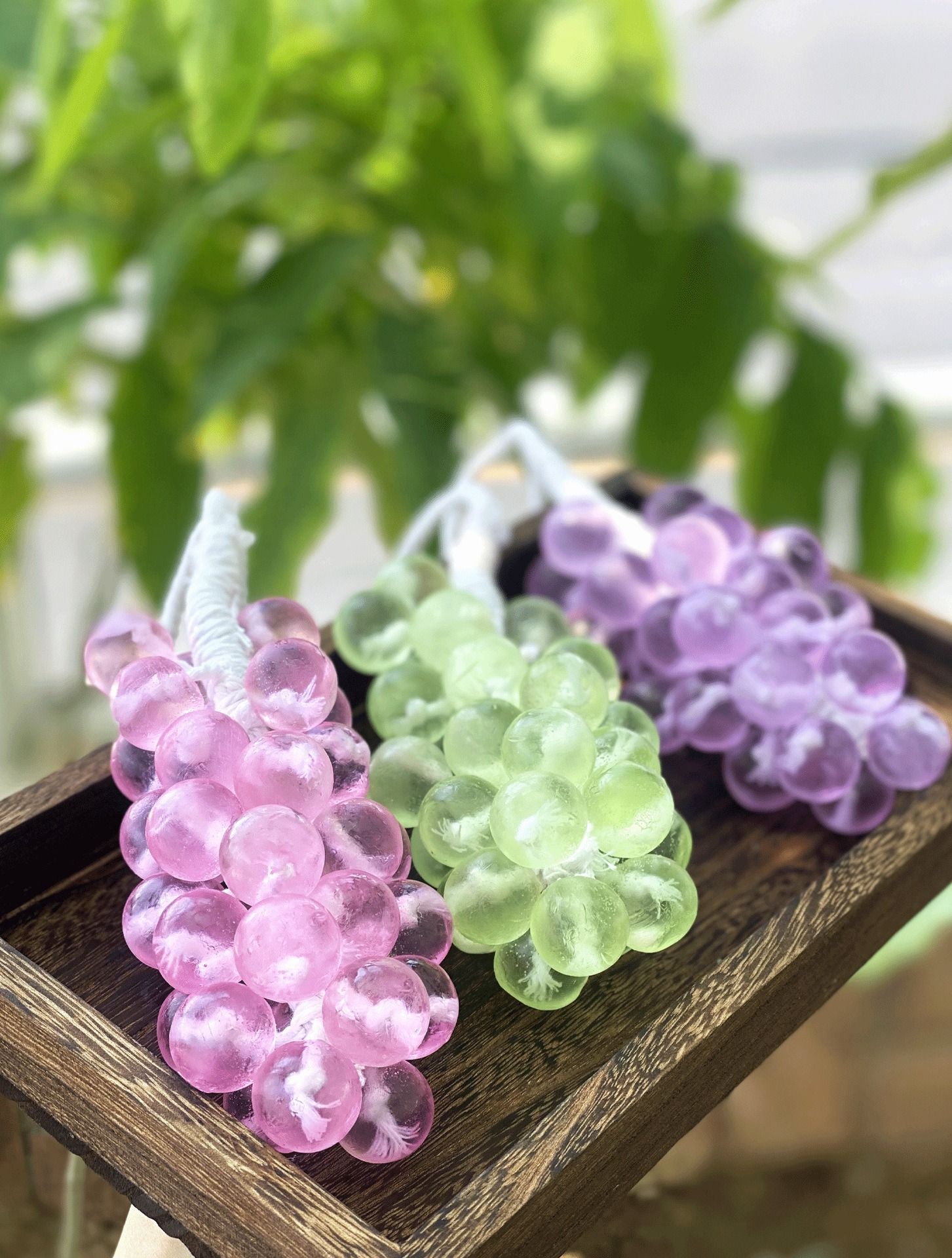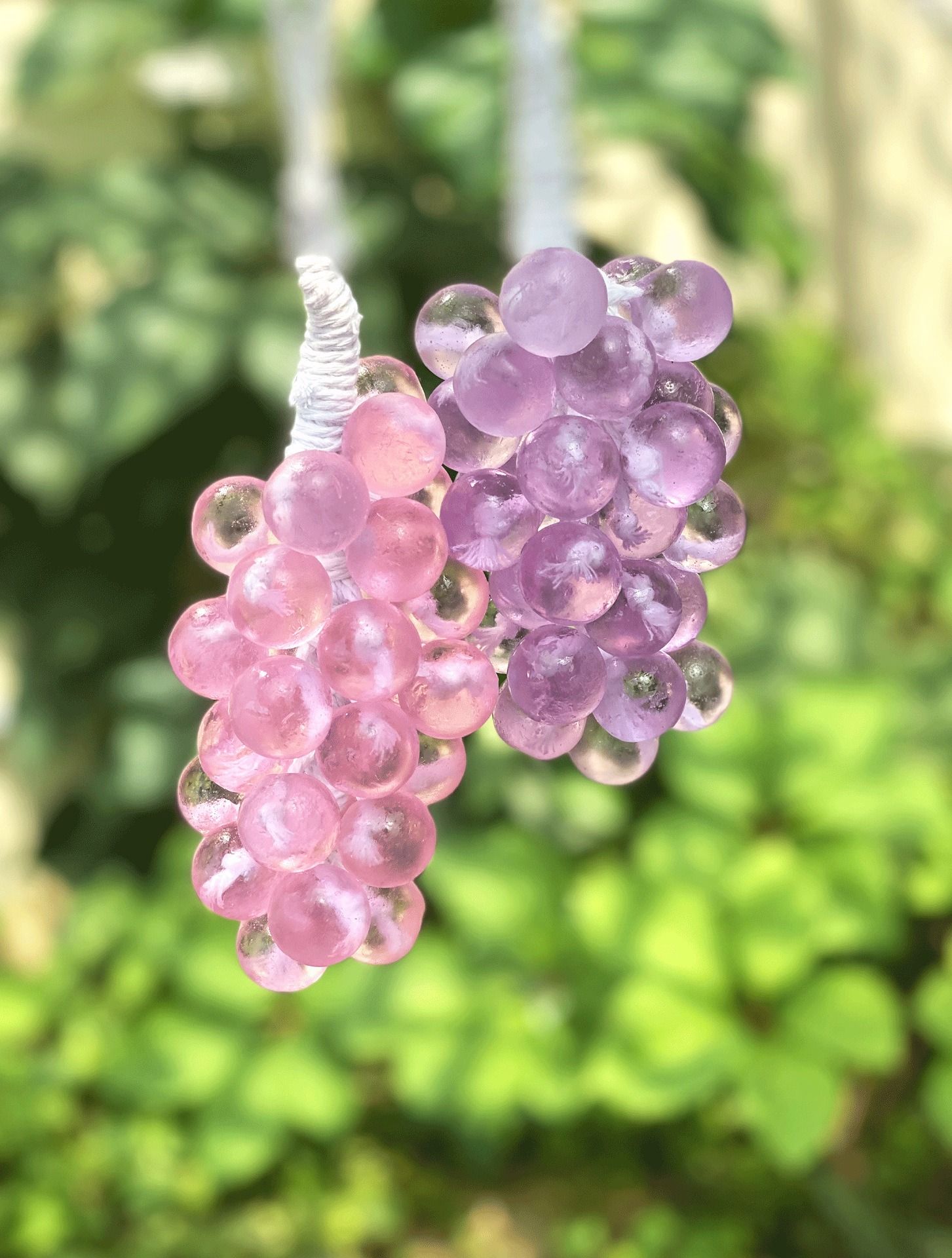1. What is Handmade Cold Process Glycerin Soap? (The Secret to Retaining Natural Glycerin) (H2)
1.1 Industrial Soap vs. Cold Process: Where Does the Glycerin Go? (H3)
Industrial Soap: Glycerin is extracted for use in higher-value cosmetic products.
Cold Process Method: Glycerin is a natural byproduct of saponification, fully integrated and retained within the soap bar.
1.2 Why is Glycerin So Important? (H3)
Superior Humectant: Glycerin draws moisture from the air and locks it onto the skin surface, reducing the tight, dry feeling after washing.
Gentle Cleansing: The presence of glycerin makes the soap much milder, ideal for sensitive and dry skin.
2. Five Key Skin Benefits of Cold Process Glycerin Soap (H2)
Gentle and Non-Irritating: The pH level gradually decreases during curing, making it kinder to the skin.
Deep Moisturization: The high content of natural glycerin means every wash is a moisturizing treatment.
Customizable Formulas: Base oils can be tailored to suit specific skin types (dry, oily, sensitive).
No Chemical Additives: Avoids synthetic surfactants and preservatives commonly found in commercial soap.
Natural Antioxidants: Retained vitamins (like Vitamin E from certain oils) contribute antioxidant benefits.
3. Essential Recipe and Steps for Making Your Own Cold Process Glycerin Soap (H2)
3.1 Key Ingredients: The Balance of Oils and Lye (H3)
Oil Selection: Olive Oil (mildness), Coconut Oil (lather), Palm/Shea Butter (hardness).
Lye Solution: Sodium Hydroxide (NaOH) is mandatory to initiate saponification.
Superfatting: Intentionally adding extra oil that won't saponify, ensuring mildness and increased moisture.
3.2 Safety and Operational Tips (H3)
Safety First: Wear goggles, gloves, and work in a well-ventilated area.
Temperature Control: Oils and lye must be mixed within a specific temperature range (∼40∘C to 55∘C) for successful saponification.
3.3 Simplified Manufacturing Process (H3)
Measure and mix lye with water (always lye into water).
Heat/melt the chosen oils.
When temperatures are close, slowly blend and stir until “Trace” (a visible thickening).
Pour into the mold, insulate, and let set for 24-48 hours.
Unmold, cut, and allow for a 4-8 week curing period.
4. How to Evaluate and Store Your Glycerin Soap (H2)
4.1 The Importance of Curing: Lowering pH (H3)
Curing makes the soap milder and allows excess water to evaporate, resulting in a harder, longer-lasting bar.
How to Test: Use pH strips or a pH meter (target range: 7.0 ∼ 9.0).
4.2 The “Sweating” Phenomenon of Glycerin Soap (H3)
Reason: Pure natural glycerin is highly hygroscopic; in high humidity, it draws moisture from the air and forms tiny droplets on the soap's surface (known as "sweating").
Storage Tips: Store in a cool, dry, well-ventilated area, ideally wrapped in breathable paper or cling film.
Conclusion: Start Your Natural Glycerin Soap Skincare Journey (H2)
Handmade cold process glycerin soap is not just a cleaning product; it's a commitment to skin health. Whether you choose to make your own or buy, choosing natural glycerin soap means choosing mildness, moisture, and purity.


